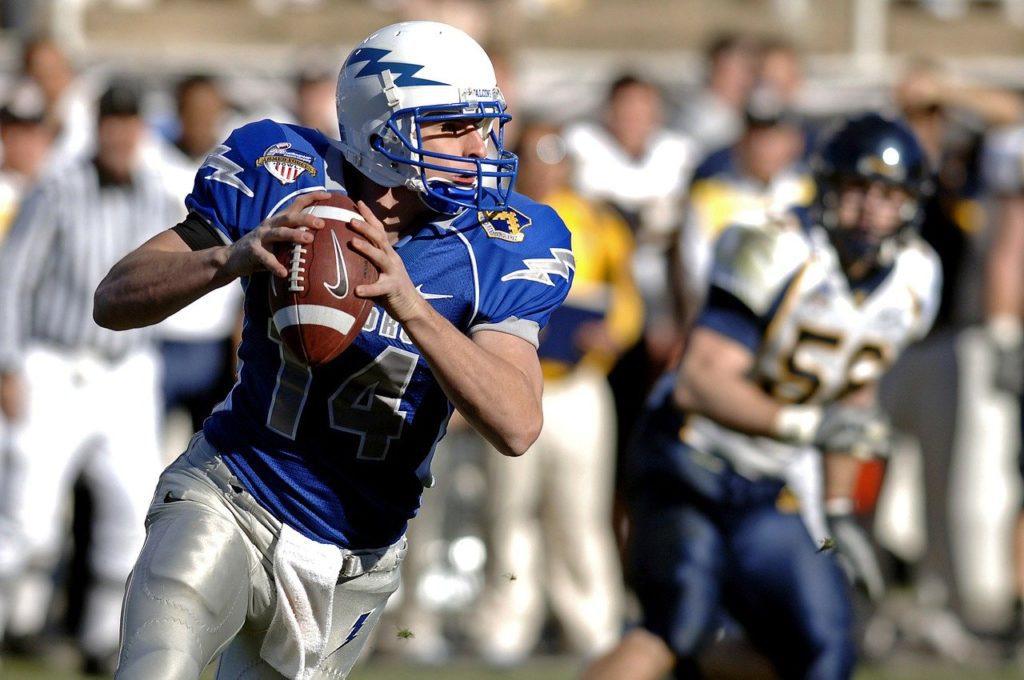Gambling is not just a game. An estimated 26 percent of the global population or around 1.6 billion people gamble, with many of them vulnerable to becoming problem gamblers. One particularly alarming statistic reveals that an estimated 80 percent of people who develop a gambling addiction never seek treatment.
Athletes are especially susceptible to problem gambling due to their high energy levels, extremely competitive personalities, and unreasonable expectations of winning. This cocktail of characteristics can often be a recipe for developing unhealthy habits, especially when coupled with their exposure to gambling advertisements, contributing to the complexity of the problem.
Some people may reconsider their gambling activities after losing money, whereas athletes are more inclined to chase their losses. This vicious cycle is often difficult to break as losses only lead to more losses.
The Early Signs of a Gambling Addiction
There are many factors that can trigger a gambling addiction, including stress at work, relationship or financial problems, and a range of other difficulties related to one’s personal or professional life. Although signs of addiction aren’t always easy to spot, there are some obvious red flags that can help you identify an issue.
- Preoccupation with gambling is one of the first signs that things are getting out of control. If an individual loses interest in all their other regular activities and family responsibilities to focus on gambling, this is a clear hint of a developing problem.
- Loss of control and inability to manage an impulsive urge to gamble even when the odds are against you is another sign that shouldn’t be taken for granted.
- Negative impact on relationships with family and friends; gambling addiction often results in losing a partner or someone close.
- Missing important events and games and a lack of concentration due to gambling habits are clear signs of addiction.
- Increasing the bet amount in a bid to win back what was already lost
- Denying that there’s an issue is a common thing among gamblers with an addiction. Realizing you have a problem is the first step towards recovery.
Other common symptoms associated with a gambling addiction include anxiety, lack of sleep, loss of appetite, headaches, higher levels of anger, clouded judgment, and impatience.
If you notice some of these signs in your daily routine or if someone close to you changes their behavior drastically, there are a few different steps you can take. One of those is relying on gambling blockers. As the name suggests, they block online gambling platforms and can selectively exclude a player from accessing certain sites.
There’s also a self-exclusion tool most online casinos offer that can help in the recovery process.
Bottom Line
Gambling addiction is a disease like any other form of addiction, and it should be treated the same way. As professional athletes are more prone to this type of behavior, it’s important to educate them and provide them with the necessary treatment and access to support groups that can help them out. For many professional athletes, gambling is an additional outlet for competition, which can often lead to addiction. It’s also a comorbid factor with other addictions as well as depression among both professional and college athletes. Treatment for athletes with an addictive disorder must involve everyone, from the coaches and family members to physicians and psychiatrists.




